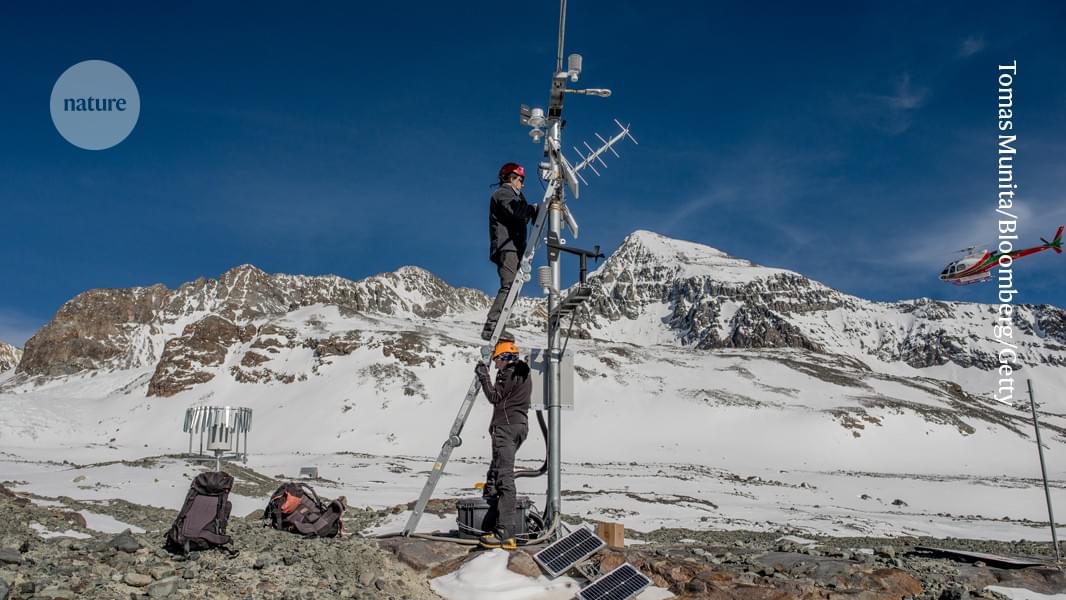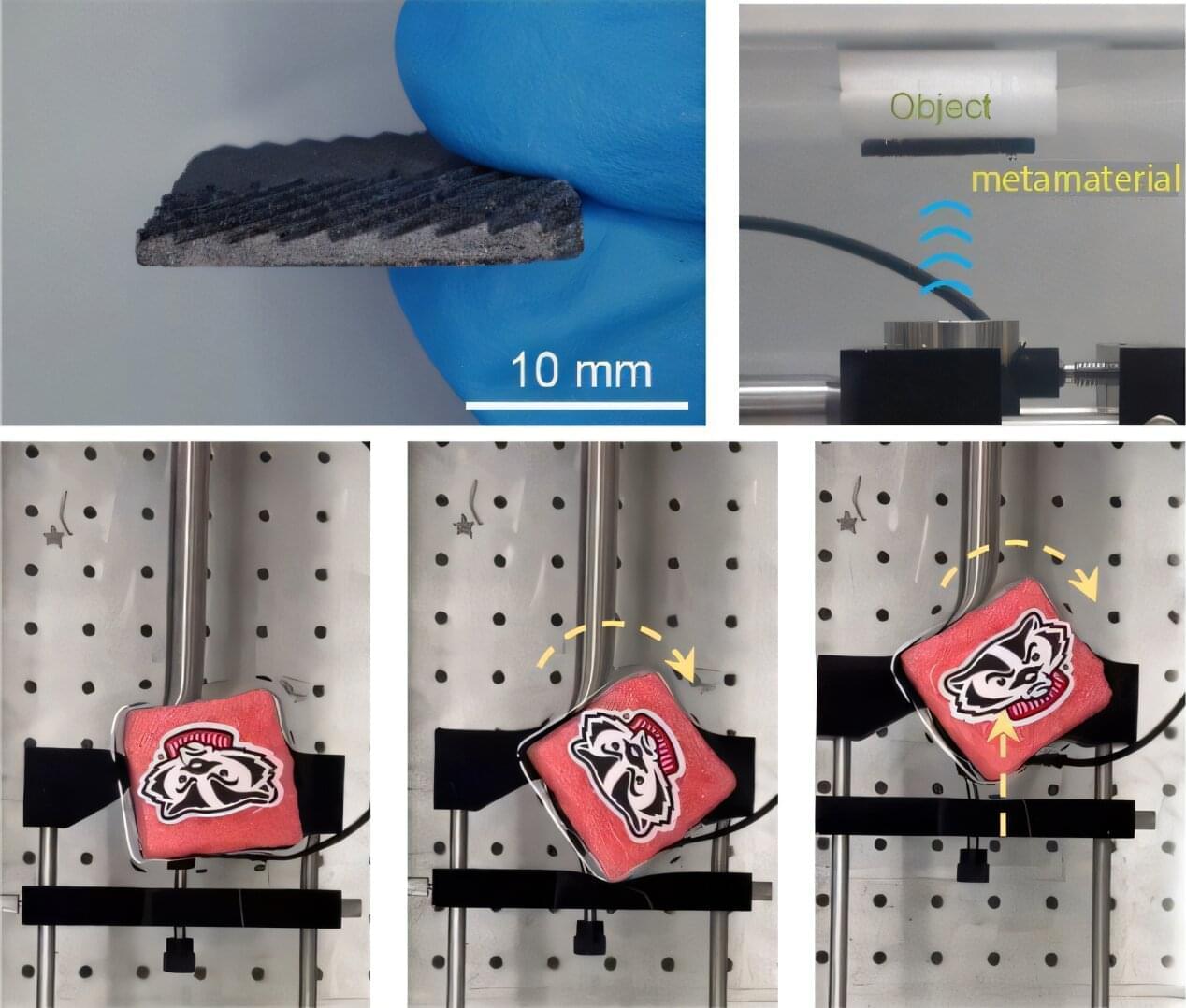Brin predicts artificial intelligence advancements leading to significant technological changes ahead.



Almost half of the scientists who responded to a survey have experienced territorial and undermining behaviours from other scientists — most commonly during their PhD studies1. Of those affected, nearly half said that the perpetrator was a high-profile researcher, and one-third said it was their own supervisor.
Most of the survey respondents were ecologists, but the study’s organizers suspect that surveys focusing on other disciplines would yield similar results.
The gatekeeping behaviours that the study documents “damage careers, particularly of early-career and marginalized researchers”, says lead author Jose Valdez, an ecologist at the German Centre for Integrative Biodiversity Research in Leipzig. “Most alarming was that nearly one in five of those affected left academia or science entirely.”

Today, we’re announcing our newest generative media models, which mark significant breakthroughs. These models create breathtaking images, videos and music, empowering artists to bring their creative vision to life. They also power amazing tools for everyone to express themselves.
Veo 3 and Imagen 4, our newest video and image generation models, push the frontier of media generation, with their groundbreaking new capabilities. We’re also expanding access to Lyria 2, giving musicians more tools to create music. Finally, we’re inviting visual storytellers to try Flow, our new AI filmmaking tool. Using Google DeepMind’s most advanced models, Flow lets you weave cinematic films with more sophisticated control of characters, scenes and styles, to bring your story to life.
We’ve partnered closely with the creative industries — filmmakers, musicians, artists, YouTube creators — to help shape these models and products responsibly and to give creators new tools to realize the possibilities of AI in their art.
Huawei has launched the MateBook Fold Ultimate Design, calling it the world’s first 18-inch foldable laptop.
Join us on Patreon! https://www.patreon.com/MichaelLustgartenPhDDiscount Links/Affiliates: Blood testing (where I get the majority of my labs): https://www.u…

Artificial intelligence (AI) agents and large-language models (LLMs), such as the model underpinning OpenAI’s conversational platform ChatGPT, are now widely used by people worldwide, both in informal and professional settings. Over the past decade or so, some of these models have also been adapted to tackle complex research problems rooted in various fields, including biology, physics, medical sciences and chemistry.
Existing computational tools employed by chemists are often highly sophisticated and complex. Their complexity makes them inaccessible to non-expert users and often even difficult for expert chemists to use.
Researchers at Matter Lab at the University of Toronto and NVIDIA have developed El Agente Q, a new LLM-based system that could allow chemists, particularly those specialized in quantum chemistry, to easily generate and execute quantum chemistry workflows, sequences of computational tasks required to study specific chemical systems at the quantum mechanical level.

Sound can do more than just provide a nice beat. Sound waves have been used for everything from mapping the seafloor to breaking apart kidney stones. Thanks to a unique material structure, researchers can now move and position objects underwater without ever touching them directly.
Dajun Zhang, a doctoral student at the University of Wisconsin-Madison, presents his work on developing a metamaterial for underwater acoustic manipulation on Tuesday, May 20, at 3:20 p.m. CT as part of the joint 188th Meeting of the Acoustical Society of America and 25th International Congress on Acoustics, running May 18–23.
A metamaterial is a composite material that exhibits unique properties due to its structure. Zhang’s metamaterial features a small sawtooth pattern on its surface, which allows adjacent speakers to exert different forces on the material based on how the sound waves reflect off it. By carefully targeting the floating or submerged metamaterial with precise sound waves, Zhang can push and rotate any object attached to it exactly as much as he wants.

By 2030, there will still be over 1 billion of the world’s adolescents (aged 10–24 years) living in countries where preventable and treatable health problems like HIV/AIDS, early pregnancy, unsafe sex, depression, poor nutrition and injury collectively threaten the health and well-being of adolescents, suggests a new analysis from the second Lancet Commission on adolescent health and well-being.
Commission co-chair, Professor Sarah Baird, George Washington University (U.S.) says, The health and well-being of adolescents worldwide is at a tipping point, with mixed progress observed over the past three decades.
While tobacco and alcohol use has declined and participation in secondary and tertiary education has increased, overweight and obesity have risen by up to eight-fold in some countries in Africa and Asia over the past three decades, and there is a growing burden of poor adolescent mental health globally.